Shop » 模組化合成器 » Sampler » Mutable Instruments Marbles




CONTROLLED CHAOS, REPEATABLE RANDOMNESS
Marbles is a source of random gates and voltages, which offers an extensive amount of (voltage) control on all the different flavors of randomness it produces.
The module gives the musician many different ways of imposing structure on the random events generated by the module: synchronization to external clocks, control of the repetition or novelty of the generated material, quantization of the voltages, or randomization of gates or voltages generated by traditional sequencers.
t: the random gate generator
Marbles either follows its own internal clock, or locks onto an adjustable multiplication/division of an external clock (or regular rhythmic pattern). This regular clock is perturbed by a process simulating an instrumentist playing along a click and trying to catch up on their errors - from perfect accuracy to complete chaos.
From this imperfect master clock, a 2-channel random rhythm is generated, using one of the following processes: random coin toss (similar to Branches), random ratcheting, or random drum pattern generation (similar to a randomly modulated Grids).
X: the random voltage generator
This generator produces 3 channels of random voltages, each of them clocked by the individual outputs of the t section, or by a common external clock signal.
Complete control on the distribution of the output voltages is provided: concentrated or spread-out, quantized or unquantized, smoothed or steppy, centered or biased towards a specific voltage. The same transformations can be performed on an external CV, for sample-and-hold or shift-register operation.
An auxiliary slowly fluctuating random voltage output (Y) is also available for self-patching fun!
A FEELING OF DÉJÀ-VU…
Marbles remembers the history of every recent clock deviation, rhythm or voltage it has generated. The DEJA VU knob on the panel controls the probability of reusing past material instead of sampling fresh random data.
You are thus given control on the feeling of repetition and structure in the generated random voltages and rhythms. At the extreme, the module no longer generates any novel values and loops over the same pattern (or a random permutation of it). And of course, this (variably) random looping can be performed on external CVs!
Random gate generator
Master clock
- Internal clock with adjustable rate (with V/O CV input), or division/multiplication of an external clock.
- Range selection button further multiplying or dividing the clock by 4.
- Rhythm follower/predictor to lock onto uneven clock divisions or rhythmic patterns.
- Adjustable jitter (knob and CV), going from perfect tracking to completely erroneous – but always preserving the overall tempo.
Two-channel random rhythm generator
- Three gate outputs: t2 is the main output carrying the jittery clock, t1 and t3 are the complementary random rhythm output.
- Three generative models, with CV-controlled bias parameter increasing the density of notes on one channel or the other:
- Random routing of each clock pulse to either outputs, following a coin toss.
- Selection of a random division factor for one output, and the reciprocal factor for the other.
- Generation of random kick/snare patterns using a process similar to Grids.
- Adjustable gate duration, from short triggers to full length. Gate duration can be randomized.
Random voltage generator
- 3 outputs, either clocked by the 3 outputs of the random gate generator, or by a common external clock.
- Distribution control: SPREAD control, scanning between constant, bell-shaped, uniform or discrete distributions; and BIAS control biasing the generated voltage towards the bottom or top of the voltage range.
- Adjustable range: 0 to +2V (for melodies), 0 to +5V, -5V to +5V.
Quantized or smooth… CV Post-processor
- The STEPS parameter controls the steppiness/quantization of the output voltages.
- Turn this knob clockwise and a progressive quantizer is applied to the voltages - progressively reducing the probability of hitting a note outside of the scale, then making accidentals less likely, then giving more weight to the root and fifth - and at the extreme yielding only octaves.
- If steppy is not your thing, turn counterclockwise to increasingly slew the output voltages to the point that the module produces smooth, continuous curves.
Programmable quantizer
- 6 programmable scales.
- Scales are programmed by playing a short jam in the target scale: Marbles learns which notes are more prominent than others.
Output diversity
- The three outputs can all follow the settings dialed on the control panel, or react in different and opposite ways. The turn of a knob can completely push your patch towards a new direction!
Random looping and shuffling
- DEJA VU parameter increasing the probably of re-playing past material to the point that the generated output forms a loop… then increasing the probability of randomizing the order of this loop.
- The DEJA VU control applies to the random rhythm, the random voltages, or to both, or neither of them.
- Adjustable loop length from 1 to 16 steps.
External CV processing
- An external CV can be recorded in the DEJA VU loop in place of internal random voltages.
- All transformations performed by the random voltage generator (looping, shuffling, spreading, transposition, quantization, lag-processing) can be performed on external voltages.
- TLDR: live remixing of external sequences!
Specifications
- Analog random source.
- All inputs: 100k impedance, DC to 3.2kHz.
- Maximum input clock rate: 1kHz for the t Section, 8kHz for the Xsection.
- 32kHz refresh rate.
- 14-bit DAC with accurate software calibration - error below 1mV.
- 12-bit CV capture.
- Output levels: -5V to +5V for CVs (largest setting), 0V to +8V for gates.
- Input CV range: -5V to +5V.
- Front panel with Computer Modern labels, just like on your calculus textbook.
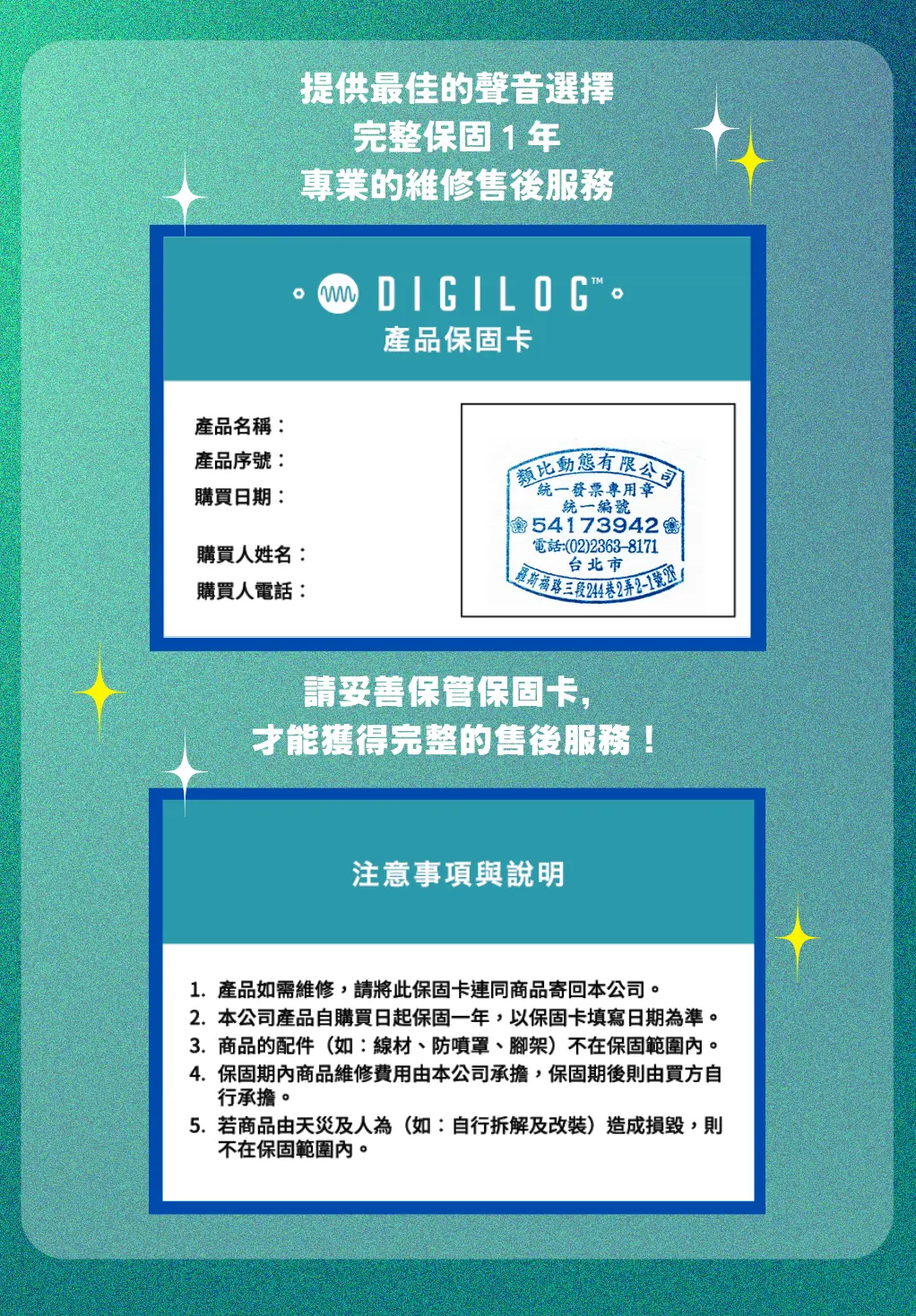


使用評論:
購物須知 Q&A
Q1 . 何謂鑑賞期?
依消費者保護法之規定,網路購物享有商品到貨日起算七天猶豫期。必須提醒您,「 猶豫期並非試用期 」,鑑賞期目的為提供您檢視、參考,並非提供您商品的試用,若您收到商品經檢視後有任何不合意之處,請勿拆封使用,並立即依照退貨規定辦理退貨。商品退換貨必須是完整包裝,且勿缺漏各項配件及贈品,或自行拆損原廠包裝與外盒。若有任何遺失、損毀或是缺件,可能會引響到您的退換貨權益,也可能依照損毀狀況扣除復原之相關費用。
Q2 . 如何辦理退換貨?
若您確定要辦理退貨,請務必保持商品全新完整包裝,且勿損毀原廠外盒。包含商品本體、配件、保證書、原廠包裝、附隨說明文件等,均須包含在內,勿缺漏任何一項。若有其他可歸責您的原因,造成商品損毀,將無法辦理退貨,或須將損壞費用於退款中扣抵。但商品如有新品瑕疵問題,則不在此限,享有無條件退換貨服務。
請於鑑賞期內來電或來信,詳細告知我們欲退換貨之原因、商品現況、電話,及取件的地址,我們將於 3 - 5 個工作天內安拍退貨事宜。
Q3 . 如何收到退款、需要多少時間?
依不同付款方式,退款方式與時間也不同,說明如下:
信用卡付款:帶我們收到退貨商品後約 5 至 7 個工作天,款項將會退至您信用卡帳戶。請依信用卡結帳日判斷,刷退款項可能列於本月或次月帳單,退款進程請向信用卡發卡銀行確認。
匯款:請聯絡 service [at] digilog.tw 並提供您的完整匯款資料(銀行、分行名稱、銀行代號、戶名、帳號),我們將派快遞公司前去取回您的退換貨商品,並於 5 至 7 個工作天,將款項匯還至您所指定的帳戶。
Q4 . 商品維修的運費需要自行負擔嗎?
商品維修的往返運費須自行負擔。







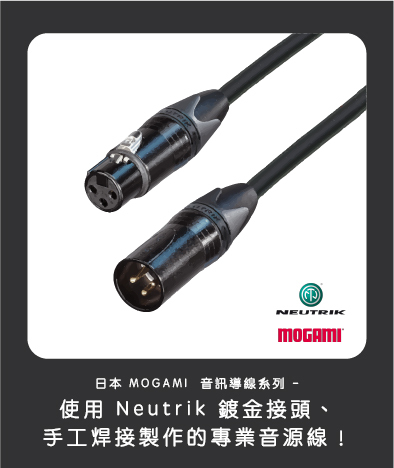

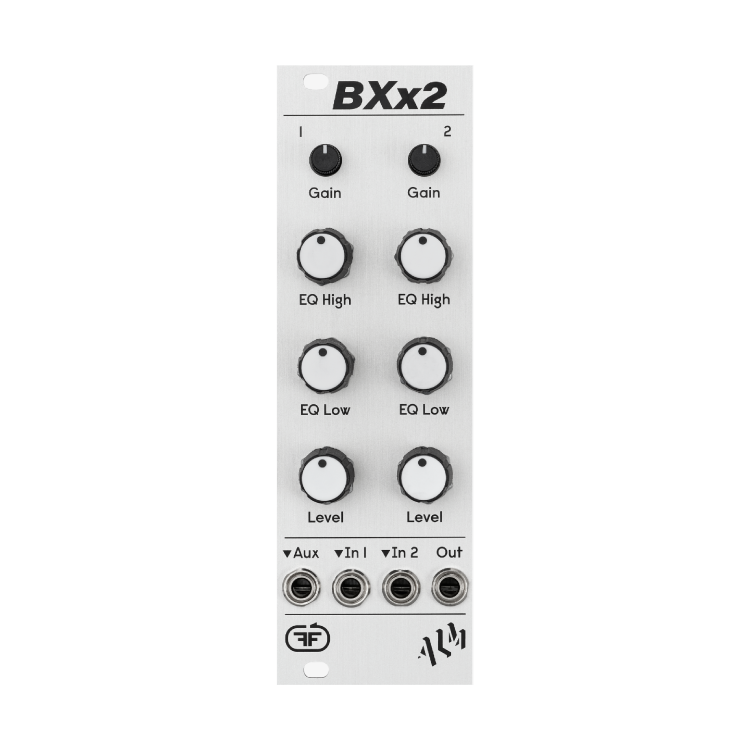
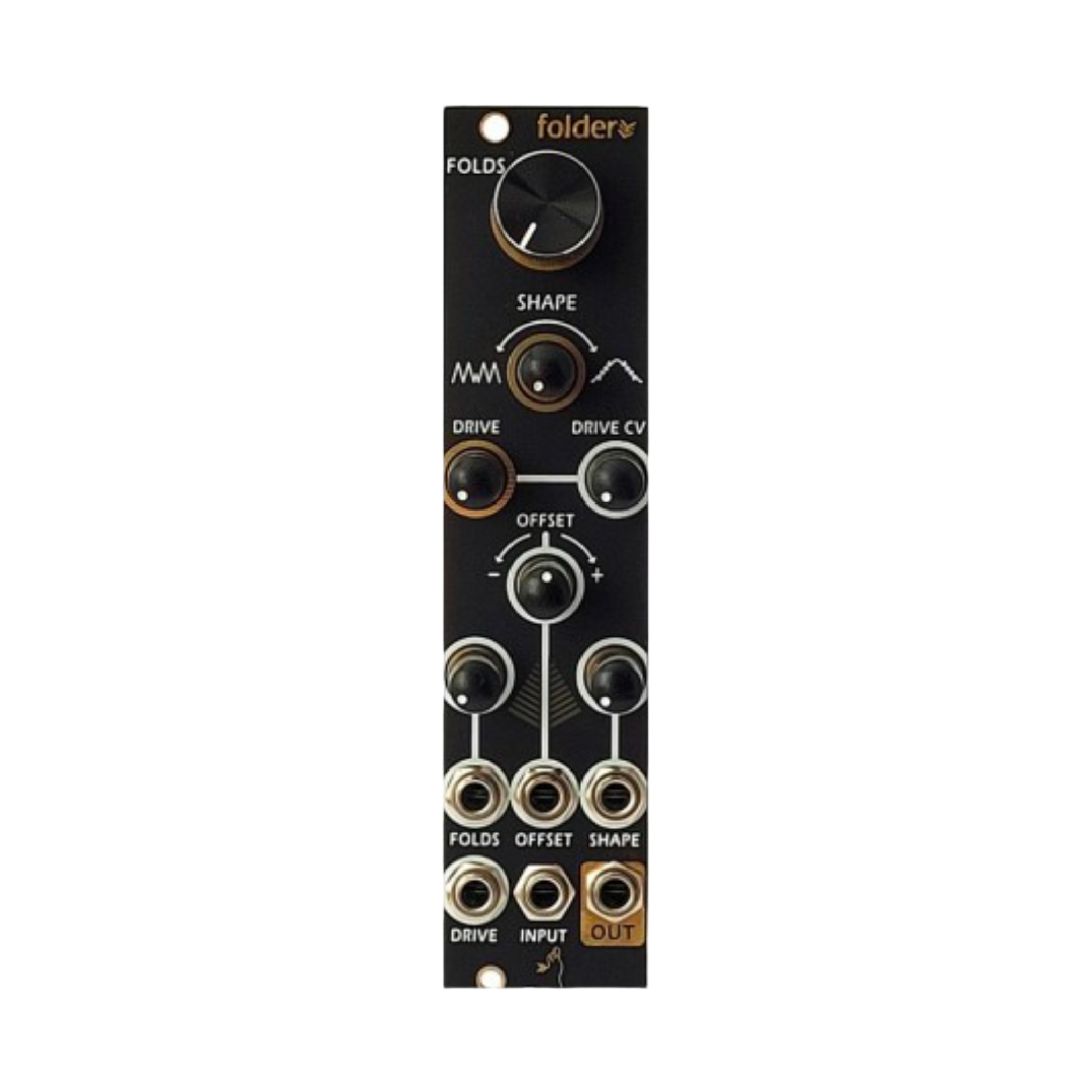
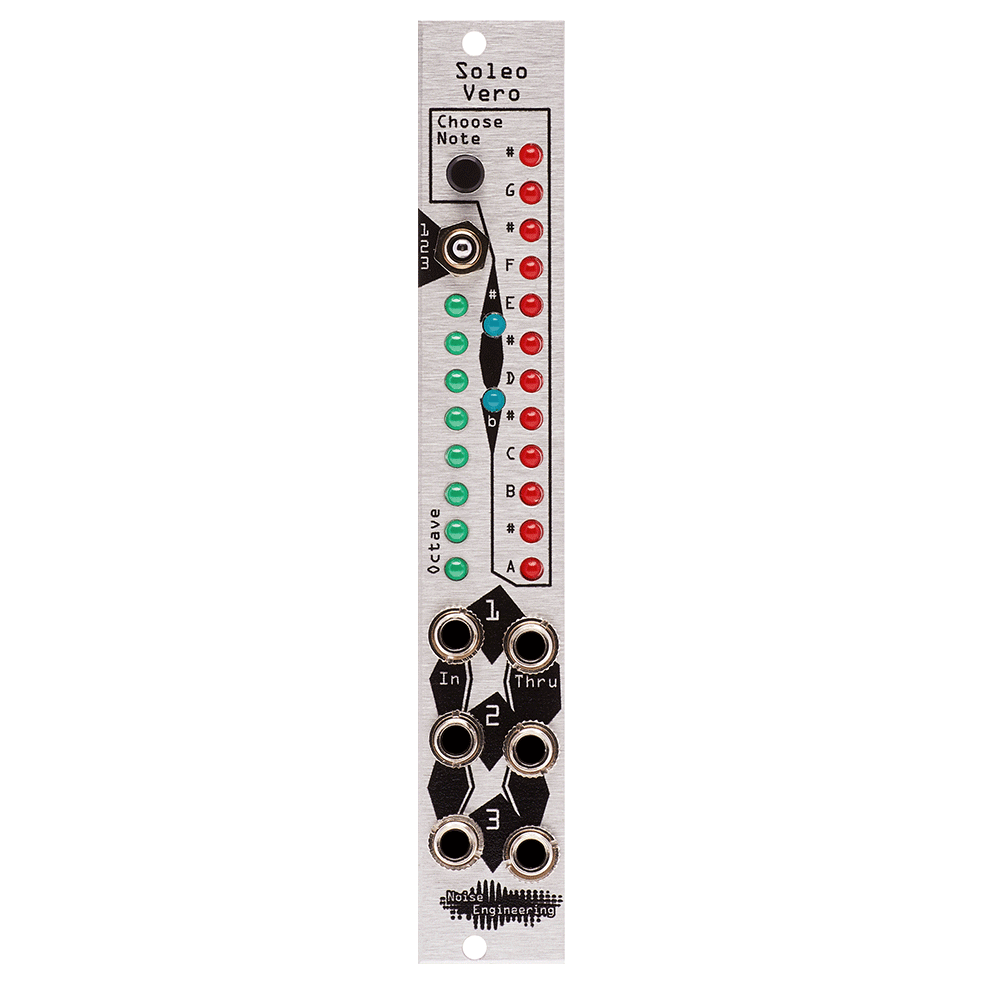
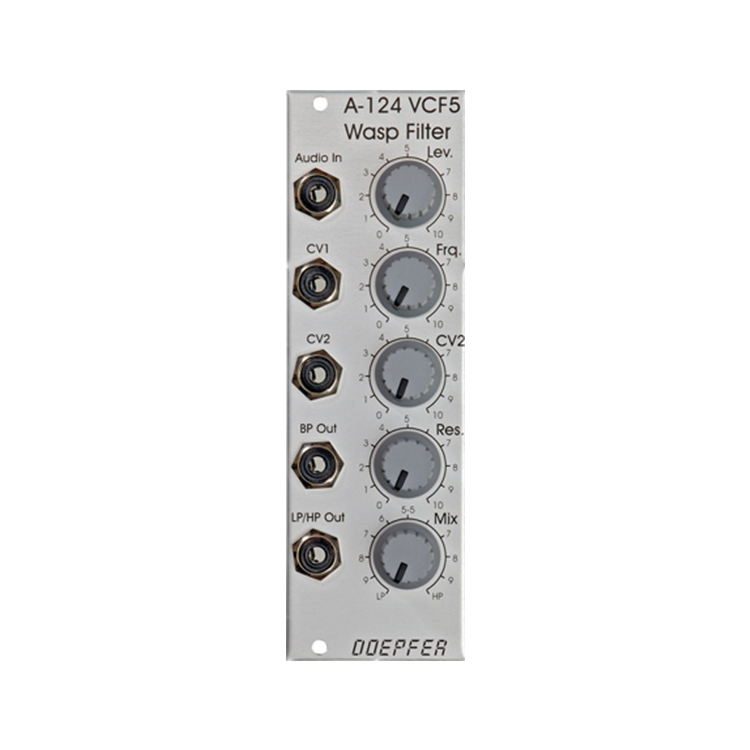
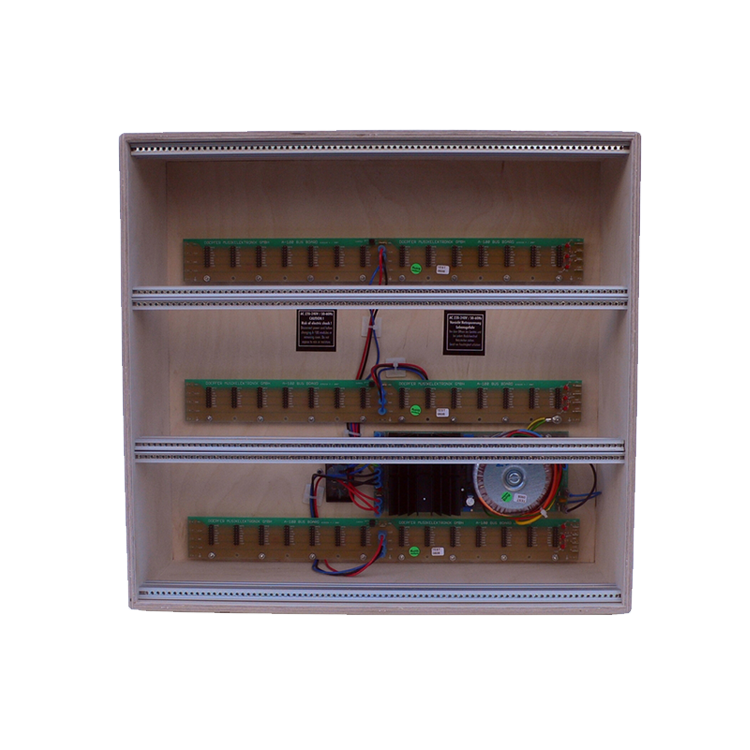
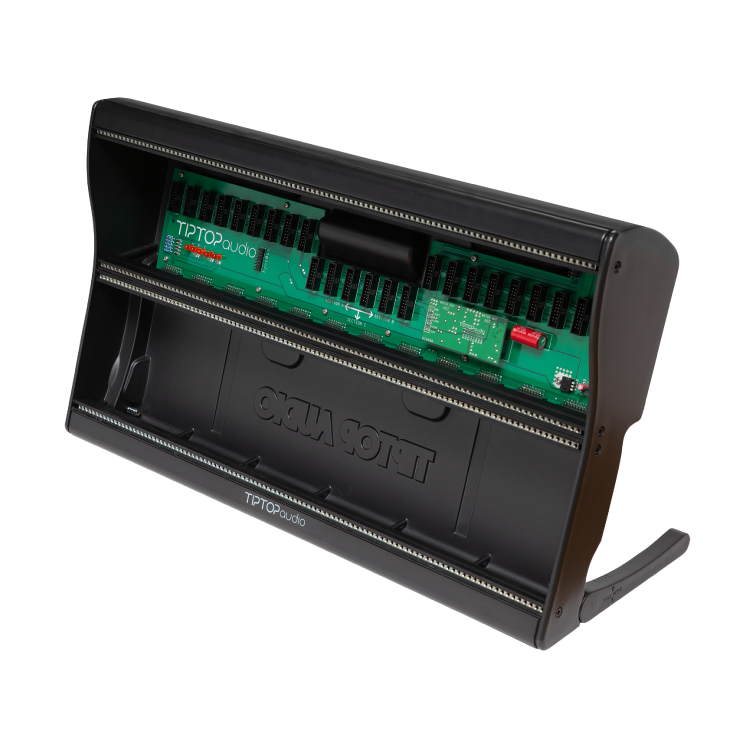

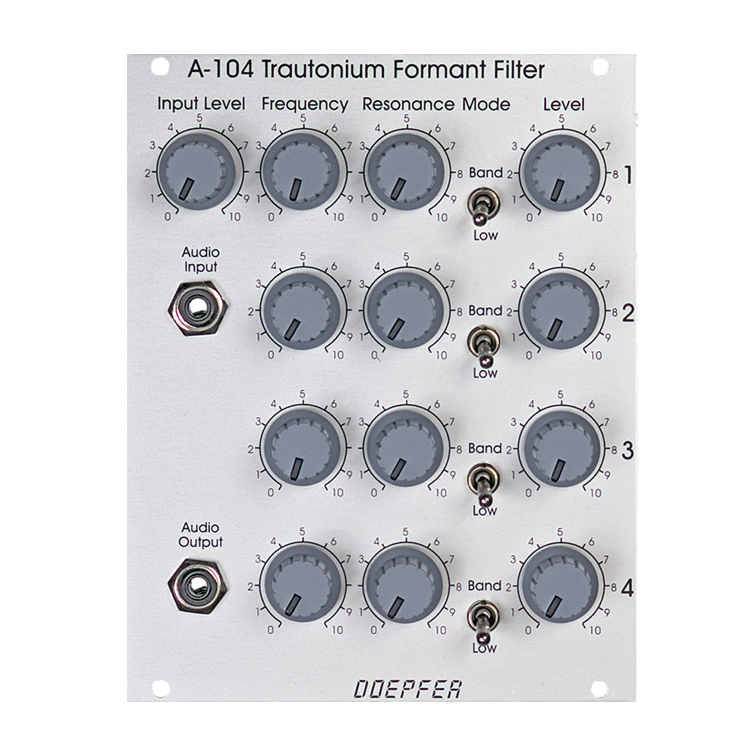
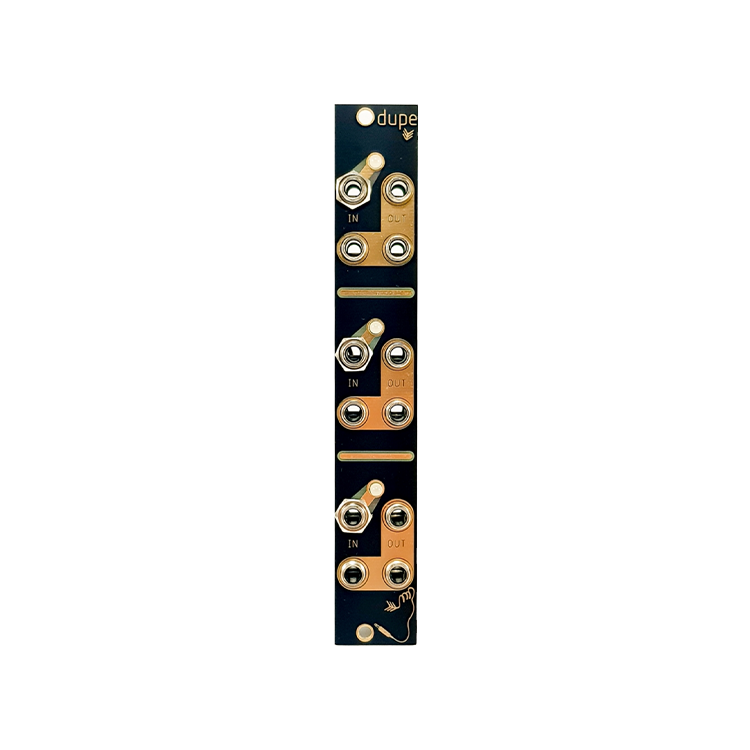
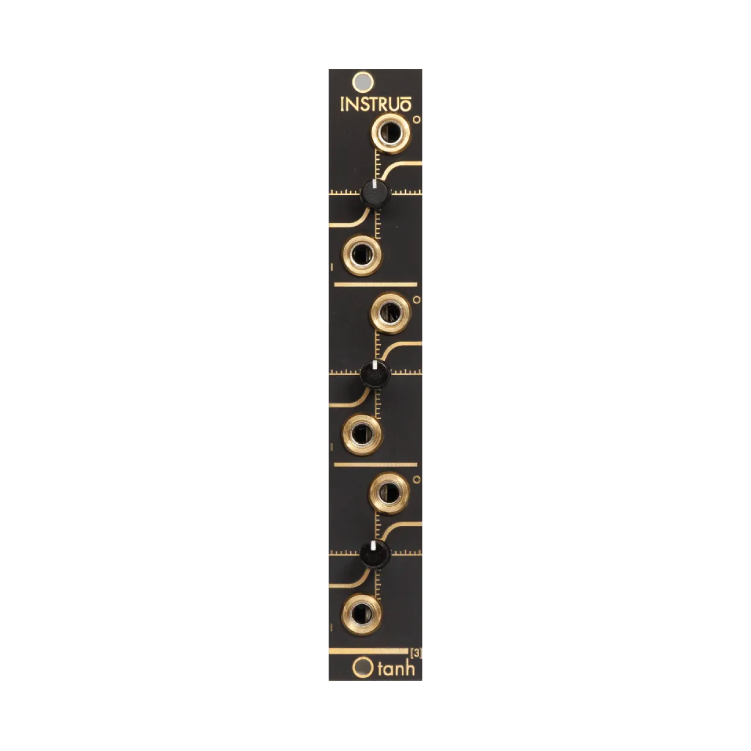

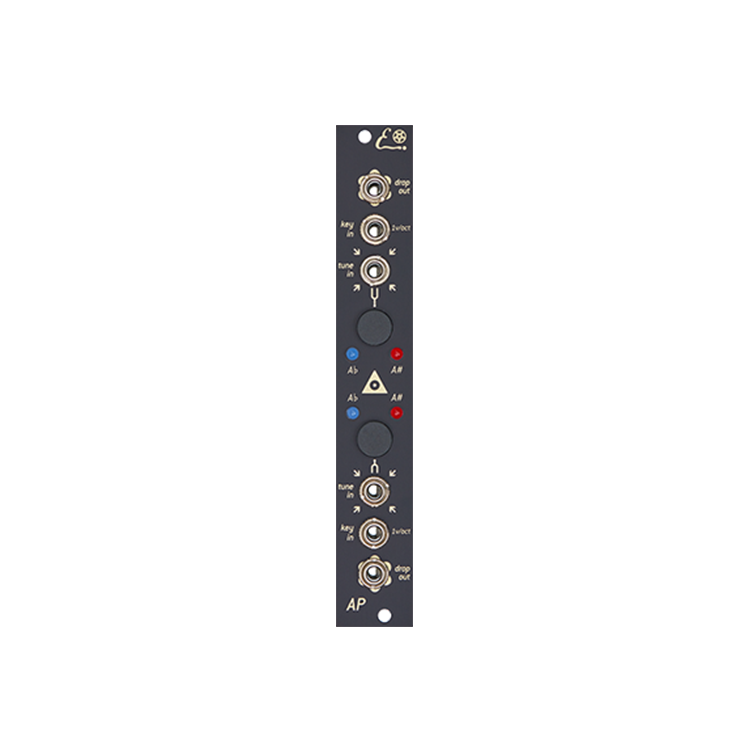
目前尚無評論